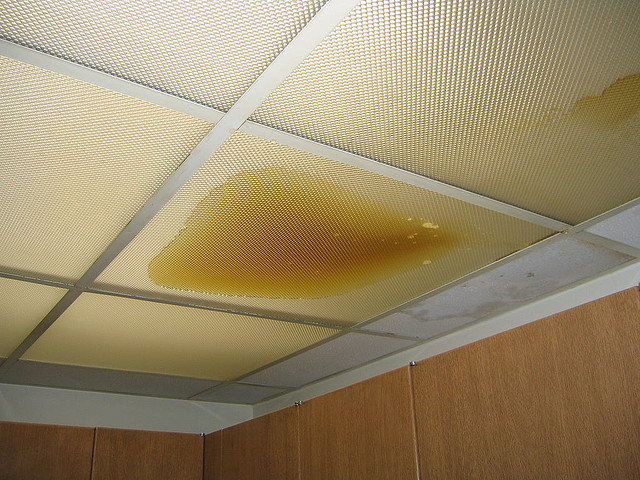Overview To Water Leakage Detection At Home
Overview To Water Leakage Detection At Home
Blog Article
What are your insights and beliefs about Leaking water lines?

The minute you locate a leak, calling your plumber for fixings is the best option. However, some tiny water leaks might not show up. If you can not identify it with your nude eyes, right here are some hacks that aid.
Early discovery of leaking water lines can mitigate a potential disaster. In addition to conserving you money, it will certainly lessen the aggravation and also stress.
Examine Water Consumption
If you identify unexpected adjustments, despite your consumption being the exact same, it suggests that you have leaks in your plumbing system. An unexpected spike in your expense suggests a fast-moving leak.
A stable boost every month, also with the same behaviors, shows you have a slow leakage that's also gradually intensifying. Call a plumber to thoroughly examine your building, particularly if you really feel a warm location on your flooring with piping underneath.
Examine and Examine the Situation
House owners ought to make it a behavior to check under the sink counters as well as also inside cabinets for any kind of bad odor or mold development. These two warnings show a leakage so prompt interest is needed. Doing regular inspections, also bi-annually, can save you from a significant problem.
Analyze the Water Meter
Every house has a water meter. Checking it is a proven way that aids you discover leakages. For starters, switch off all the water sources. Make sure no person will purge, utilize the tap, shower, run the washing device or dishwasher. From there, go to the meter and also watch if it will transform. Since no one is using it, there ought to be no movements. That shows a fast-moving leak if it relocates. Also, if you detect no changes, wait an hour or two as well as examine back again. This means you may have a sluggish leak that might even be below ground.
Asses Exterior Lines
Don't fail to remember to check your outdoor water lines as well. Needs to water seep out of the connection, you have a loosened rubber gasket. One tiny leak can squander tons of water as well as spike your water bill.
Do a Food Coloring Examination
When it comes to water consumption, 30% comes from commodes. If the color somehow infiltrates your dish throughout that time without flushing, there's a leak in between the storage tank and bowl.
Much more significantly, if you understand your residence is already old, maintain a watchful eye on your heating systems, tubes, pipelines and so on. Look for discolorations as well as deteriorating as the majority of home appliances as well as pipelines have a life span. They will likewise naturally weaken as a result of wear and tear. If you think leaking water lines in your plumbing system, don't wait for it to escalate. Call a professional plumber right now so you don't wind up with an awful mess in your home.
The moment you find a leak, calling your plumber for repair work is the best option. Some tiny water leaks may not be noticeable. Examining it is a guaranteed means that helps you uncover leakages. One little leakage can lose bunches of water as well as spike your water expense.
If you suspect dripping water lines in your plumbing system, don't wait for it to rise.
WARNING SIGNS OF WATER LEAKAGE BEHIND THE WALL
PERSISTENT MUSTY ODORS
As water slowly drips from a leaky pipe inside the wall, flooring and sheetrock stay damp and develop an odor similar to wet cardboard. It generates a musty smell that can help you find hidden leaks.
MOLD IN UNUSUAL AREAS
Mold usually grows in wet areas like kitchens, baths and laundry rooms. If you spot the stuff on walls or baseboards in other rooms of the house, it’s a good indicator of undetected water leaks.
STAINS THAT GROW
When mold thrives around a leaky pipe, it sometimes takes hold on the inside surface of the affected wall. A growing stain on otherwise clean sheetrock is often your sign of a hidden plumbing problem.
PEELING OR BUBBLING WALLPAPER / PAINT
This clue is easy to miss in rooms that don’t get much use. When you see wallpaper separating along seams or paint bubbling or flaking off the wall, blame sheetrock that stays wet because of an undetected leak.
BUCKLED CEILINGS AND STAINED FLOORS
If ceilings or floors in bathrooms, kitchens or laundry areas develop structural problems, don’t rule out constant damp inside the walls. Wet sheetrock can affect adjacent framing, flooring and ceilings.
https://www.servicemasterbyzaba.com/blog/how-to-detect-water-leakage-in-walls/

As a serious person who reads about Finding hidden leaks, I figured sharing that segment was a smart idea. Appreciated our blog? Please share it. Let another person locate it. Thanks a bunch for your time. Please come by our website back soon.
Report this page